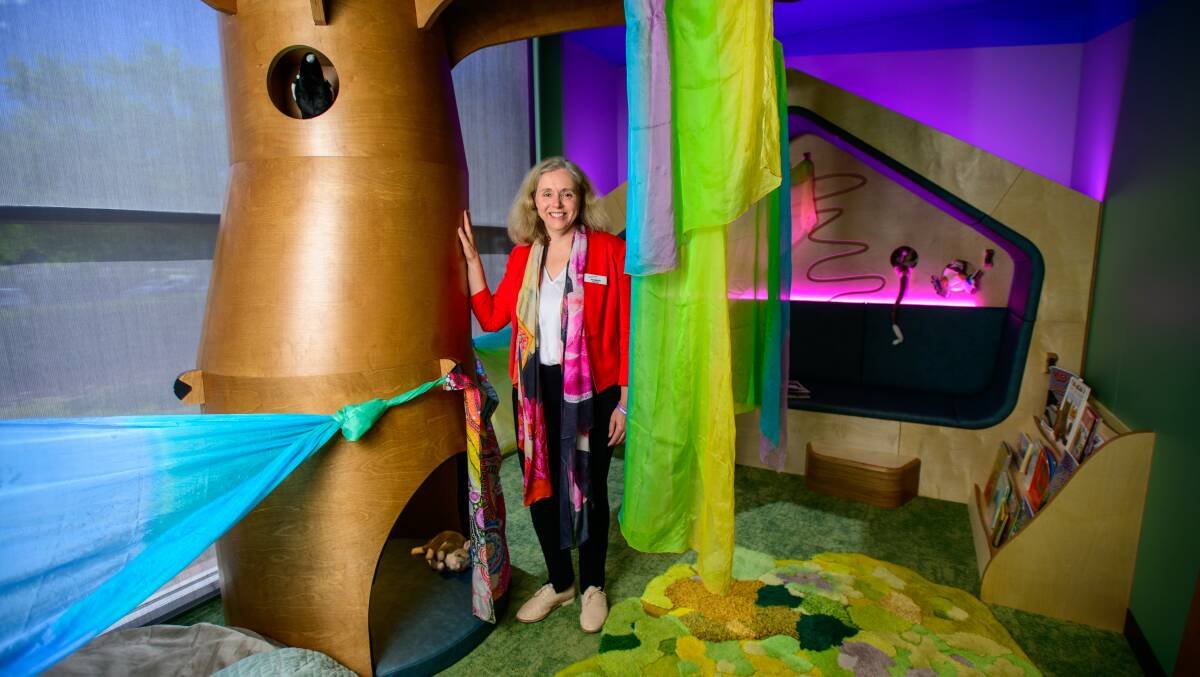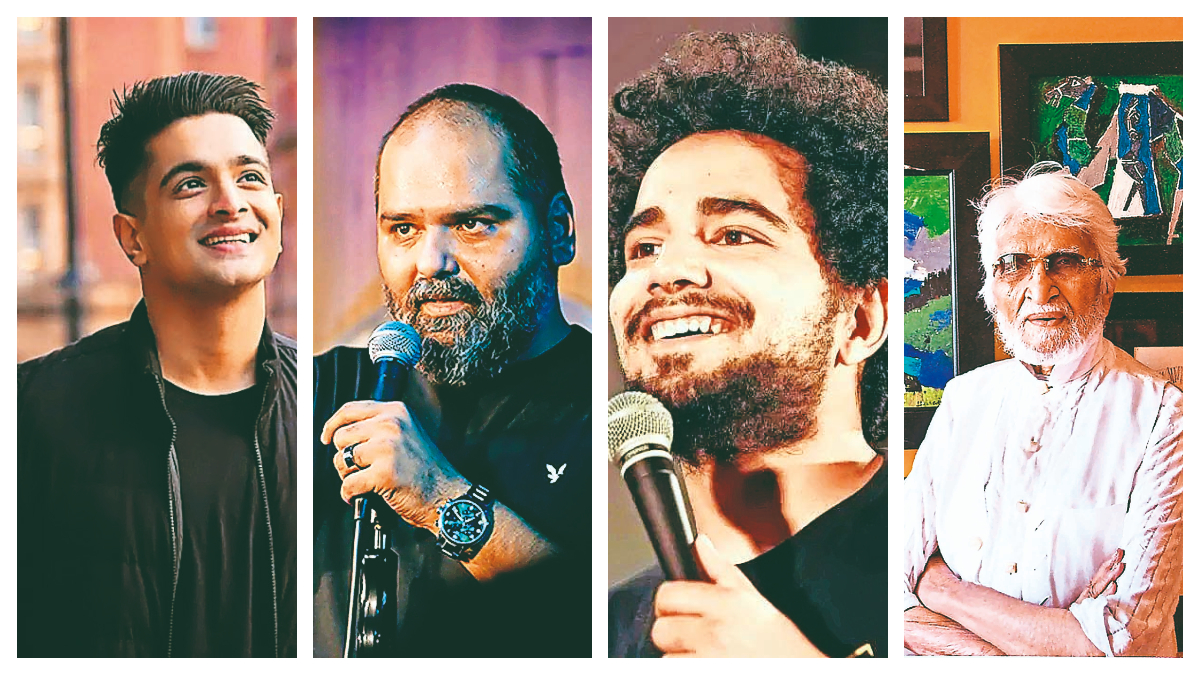For those who are neurodiverse, flying can be particularly stressful and exhausting. For people with autism spectrum disorder (ASD), sensory processing disorder (SPD), anxiety disorders, post-traumatic stress disorder (PTSD), and other sensory or mental health conditions, crowded areas, bright lights, and constant announcements can be especially difficult.
However, assistance is always available. Sensory rooms are installed in public places like stadiums and airports to provide a quiet, regulated environment and to help people relax before their trip. With the opening of the nation’s first sensory room this month at Kempegowda International Airport in Bengaluru, an airport in India is now providing one as well.
The history of sensory rooms shows that psychologists Ad Verheul and Jan Hulsegge created them in the Netherlands in the late 1970s. The Dutch terms sniffelen (to sniff) and doezelen (to doze or nap) are combined to form the name “snoezelen,” which is also known as the “snoezelen room.” With a multisensory setting catered to each person’s needs, these rooms offer therapeutic advantages and enhance general wellbeing. They are especially made to provide neurodivergent travelers with peaceful experiences.












